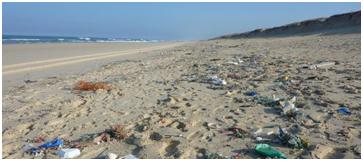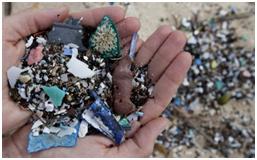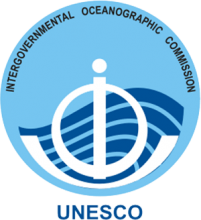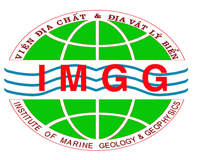22 April 2017--“It is ever-increasingly urgent for all countries in the region to concert efforts in developing our knowledge and understanding on the distribution, source, fate and effects of microplastics in the Western Pacific and provide scientific guidance for remediation measures,” many delegates and scientists echoed at the WESTPAC meeting on 22 April 2017.
Up to 10% of plastic production finds its way into oceans, seas and coasts. Marine plastic debris has been emerging as a global threat to ocean health, together with climate change, ocean acidification and ozone depletion. Plastic debris can come in all shapes and sizes. Over recent years microplastics (<5 mm in diameter) has attracted wide attention as they are transferred along the marine food web, thus posing a great threat to human health.
Recent studies have shown that microplastics concentrations have been proved to be statistically and positively correlated with population density and proportion of urban/suburban development. Although it appears likely that the quantities of microplastics in the ocean are increasing, due to the continuing fragmentation of existing plastic objects, there is very limited reliable evidence about variations in the abundance of microplastics in space time, despite the availability of some long-term datasets.
Building on a network of institutions and expertise, the newly established WESTPAC microplastics programme will lead the regional efforts to research this topic, ranging from sampling and analysis methodologies; analyzing the distribution, source, fate and of marine microplastics and to assessing their effects on marine ecosystems.
Prof. Daoji Li, from the East China Normal University was appointed as the WESTPAC Principal Investigator (PI), who will take responsibility for directing and implementing this initiative together with other identified experts mainly from all countries in the region.
Source: http://iocwestpac.org/
Photo Credit: Asiantown.net














